T HE BEST NOVELISTS in the world are our grandmothers, and it is to them I owe the first memory on which this novel is based. My maternal grandmother was Emilia Rivas Gil de Macas, widow of Manuel Macias Gutirrez; she born in Alamos, Sonora, he in Guadalajara, Jalisco; she the descendant of Spanish immigrants from Santander and, according to rumors Ive heard, Yaqui Indians from Sonora. My grandfather Macas died tragically in 1919, leaving my grandmother with four young daughtersMara Emilia, Slika, Carmen, and my mother, Berta Macas de Fuentes.
My paternal grandmother, Emilia Boettiger de Fuentes, was born in Catemaco, Veracruz, daughter of Philip Boettiger Keller, a German immigrant from Darmstadt, married to a young lady of Spanish origin, Ana Mara Murcia de Boettiger, with whom he had three daughters: Luisa (Boettiger de Salgado), Mara (Boettiger de Alvarez), and Emilia (Boettiger de Fuentes). Emilia married Rafael Fuentes Vlez, president of the National Bank of Mexico in Veracruz and son of Carlos Fuentes Bentez and Clotilde Vlez, who was attacked and mutilated on the stagecoach between Mexico City and Veracruz. A fourth Boettiger sister,Anita, was a mulatta, the issue of a never acknowledged love affair of my great-grandfather. She was always a confident and loving member of the Boettiger family.
My paternal grandparents had three sons, Carlos Fuentes Boettiger, my young uncle, a promising poet, disciple of Salvador Daz Mirn, and editor of the Xalapa magazine Bohemian Muse . He died in Mexico City, where hed gone to study, at the age of twenty-one, of typhoid fever. My aunt, Emilia Fuentes Boettiger, remained unmarried for many years, taking care of my grandfather Don Rafael, whod been afflicted with a progressive paralysis. My parents, Rafael Fuentes Boettiger and Berta Macas Rivas, married in January 1928. I was born in November of that year and inherited the constellation of stories my family transmitted to me.
But many other stories were told to me by two magnificent survivors of the years with Laura Daz, Doa Julieta Olivier de Fernndez Landero, widow of the Orizaba industrialist Manuel Fern

ndez Landero, and Doa Ana Guido de Icaza, widow of the lawyer and writer Xavier Icaza Lpez-Negrete, who appears as a character in this novel. I have emotional and grateful memories of them both.
Finally, I began The Years with Laura Daz during a detailed, informative, and most of all affecting trip with my friend Federico Reyes Heroles to places that are part of our shared background: Xalapa, Coatepec, Catemaco, Tlacotalpan, and the Tuxtlas, Santiago and San Andrs. My very special thanks to Federico and his wife, Beatriz Scharrer, herself deeply schooled in agrarian life and the German migration to the state of Veracruz.
London
August 1998
Detroit: 1999
I KNEW THE STORY. What I didnt know was the truth. In a way, my very presence was a lie. I came to Detroit to begin a television documentary on the Mexican muralists in the United States. Secretly, I was more interested in capturing the decay of a great citythe first capital of the automobile, no less, the place where Henry Ford inaugurated mass production of the machine that governs our lives more than any government.
One proof of the citys power, were told, is that in 1932 it invited the Mexican artist Diego Rivera to decorate the walls of the Detroit Institute of Arts. And now, in 1999, I was hereofficially, of courseto make a TV series on this and other Mexican murals in the United States. I would begin with Rivera in Detroit, then move on to Orozco at Dartmouth and in California, and then to a mysterious Siqueiros in Los Angeles, which I was instructed to find, as well as lost works by Rivera himself: the mural in Rockefeller Center, obliterated because Lenin and Marx appeared in it; and other large panels which had also disappeared.
This was the job I was assigned. I insisted on beginning in Detroitfor one reason. I wanted to photograph the ruin of a great industrial center as a worthy epitaph for our terrible twentieth century. I wasnt moved either by the moral in the warning or by any apocalyptic taste for misery and deformity, not even by simple humanitarianism. Im a photographer, but Im neither the marvelous Sebastio Salgado nor the fearsome Diane Arbus. Id prefer, if I were a painter, the problem-free clarity of an Ingres or the interior torture of a Bacon. I tried painting. I failed. I got nothing out of it. I told myself that the camera is the paintbrush of our age, so here I am, contracted to do one thing but presentwith a presentiment, maybeto do something else very different.
I got up early to take care of my business before the film team set up in front of Diegos murals. It was 6 a.m. in the month of February. I expected darkness. I was ready for it. But its duration sapped my energy.
If you want to do some shopping, if you want to go to a movie, the hotel limo can take you and pick you up, they told me at the reception desk.
But the center of town is only two blocks from here, I answered, both surprised and annoyed.
Then we cant take any responsibility. The receptionist gave me a practiced smile. His face wasnt memorable.
If the guy only knew that I was going farther, much farther, than the center of town. Though I didnt know it yet, I was going to reach the heart of this hell of desolation. Walking quickly, I left behind the cluster of skyscrapers arranged like a constellation of mirrorsa new medieval city protected against the attacks of barbariansand it took me only ten or twelve blocks to get lost in a dark, burned-out wasteland of vacant lots pocked with scabs of garbage.
With each step I tookblindly, because it was still dark, because the only eye I had was my camera, because I was a modern Polyphemus with my right eye glued to the Leicas viewfinder and my left eye closed, blind, with my left hand extended forward like a police dog, groping, tripping sometimes, other times sinking into something I could smell but not seeI was penetrating into a night that was notonly persisting but being reborn. In Detroit, night was born from night.
I let the camera drop onto my chest for an instant, I felt the dull blow over my diaphragmtwo diaphragms, mine and the Leicasand the sensation was repeated. What surrounded me was not the prolonged night of a winter dawn; it wasnt, as my imagination would have me believe, a nascent darkness, disturbed companion of the day.
It was permanent darkness, the unexpected darkness of the city, its companion, its faithful mirror. All I had to do was turn right around and see myself in the center of a flat, gray lot, adorned here and there with puddles, fugitive paths traced by fearful feet, naked trees blacker than this landscape after a battle. In the distance, I could see spectral, broken-down Victorian houses with sagging roofs, crumbling chimneys, empty windows, bare porches, dilapidated doors, and, from time to time, the tender and immodest approach of a leafless tree to a grimy skylight. A rocking chair rocked, all by itself, creaking, reminding me, vaguely, of other times barely sensed in memory

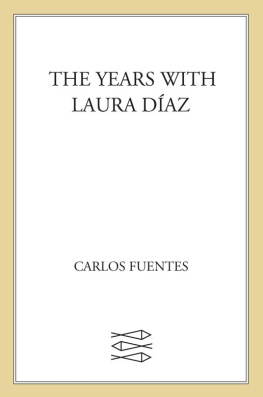
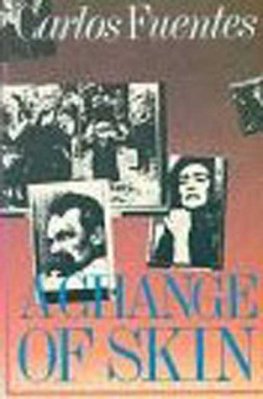
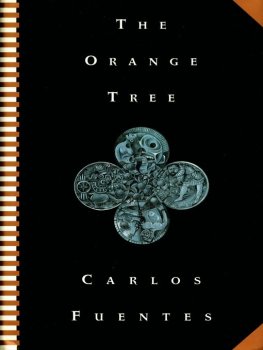
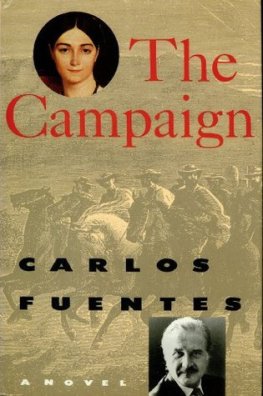
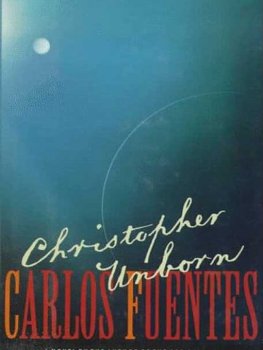
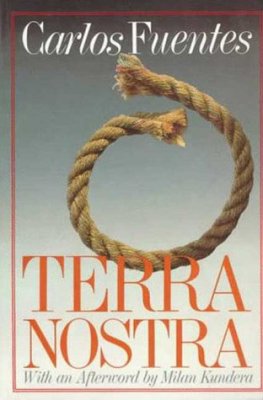
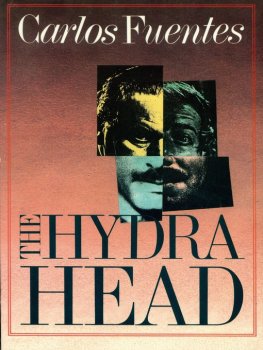


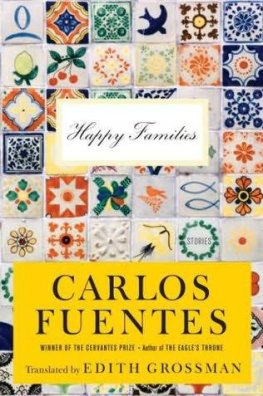
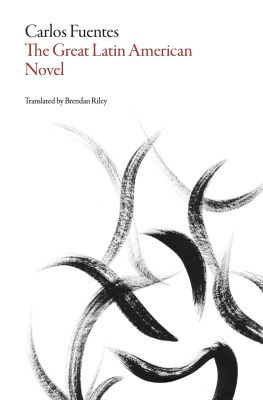

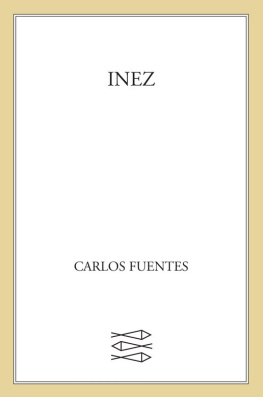
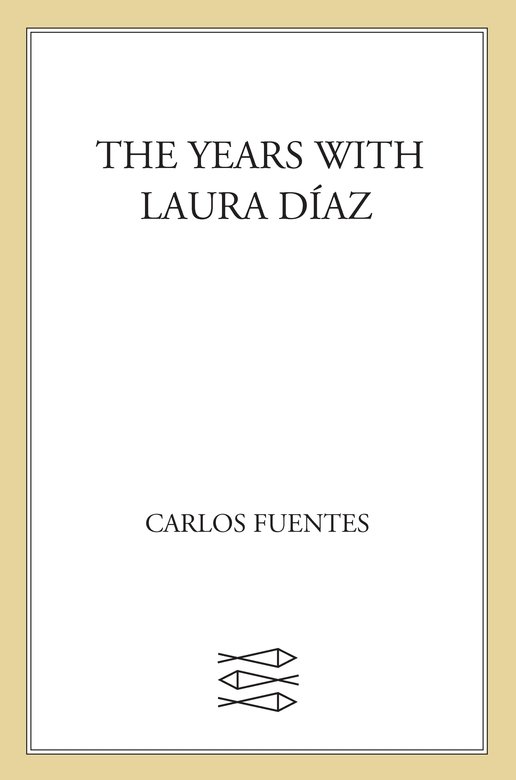
 ndez Landero, and Doa Ana Guido de Icaza, widow of the lawyer and writer Xavier Icaza Lpez-Negrete, who appears as a character in this novel. I have emotional and grateful memories of them both.
ndez Landero, and Doa Ana Guido de Icaza, widow of the lawyer and writer Xavier Icaza Lpez-Negrete, who appears as a character in this novel. I have emotional and grateful memories of them both.